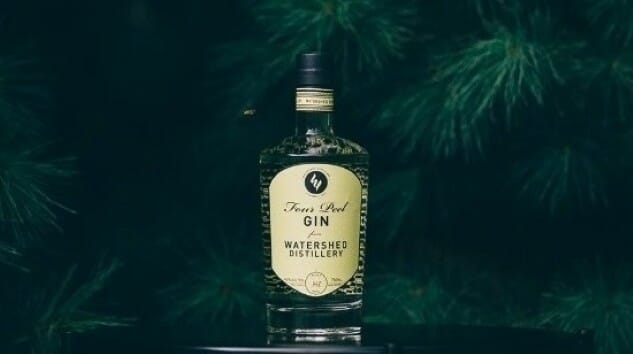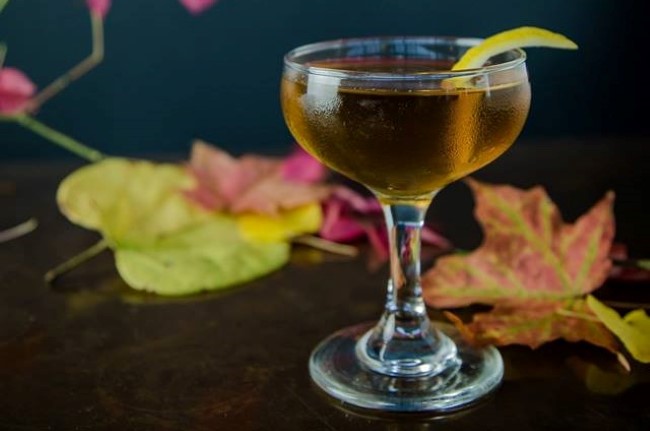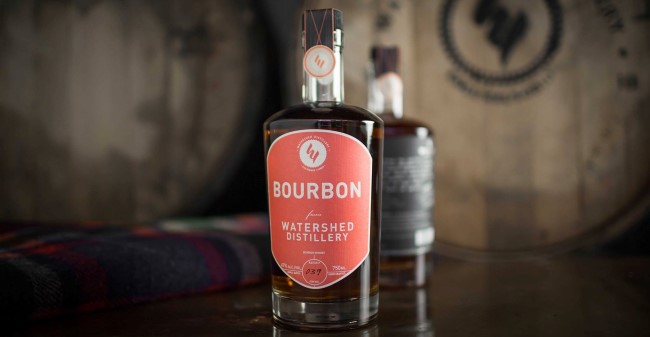Tasting Three Gins From Ohio’s Watershed Distillery
Photos via Watershed Distillery
American microdistilleries have a tendency to be built on whiskey dreams, but sustained by vodka and gin realities. Bourbon, after all, remains the kingpin of sexy American spirits. It’s the spirit that distillers envision as their company’s flagship, the one that’s going to make their brand a household name. It’s usually a bottle of whiskey that a young distiller hopes will be recognized as his legacy.
But of course, that’s easier said than done. Whiskey takes time—years, if you’re doing it the old-fashioned way and not aging in small barrels or otherwise trying to accelerate the maturation process. And even then, what you’re left with is a young spirit in a sea of similar young spirits; a bourbon that will likely need many more years before it becomes something unique or grandiose. Who has that kind of time, when you’re getting a small, independent business off the ground?
Enter vodka, gin and rum, the building blocks upon which so many young distilleries are built—in addition to the ubiquitous white whiskey/moonshine, which I really wish we could stop pretending to enjoy. Faster and cheaper to produce than anything in the aged whiskey arena, a successful vodka, gin or rum brand can keep a distillery going during the years of waiting for a stubborn first batch of bourbon to arrive. And that’s how a lot of distilleries tend to treat their vodka or gin, as a result—as a means to an end, something to occupy them until they get into the whiskey they’ve been seeking all along.
That’s not Watershed Distillery. These Columbus, OH mainstays have not only built a successful gin brand; they’ve embraced the way that gin has become the public face of their company. Sure, they have a bourbon as well—but you can feel the pride they have in their gin, first and foremost.
Currently, Watershed produces three distinct gins. And so, in typical Paste fashion, let’s run through a simultaneous tasting of the whole gin lineup. All three clock in at 44 percent ABV (88 proof).
-

-

-

-

-

-

-

-

-

-

-

-

-

-

-

-

-

-

-

-

-

-

-

-

-

-

-

-

-

-

-

-

-

-

-

-

-

-

-

-












































